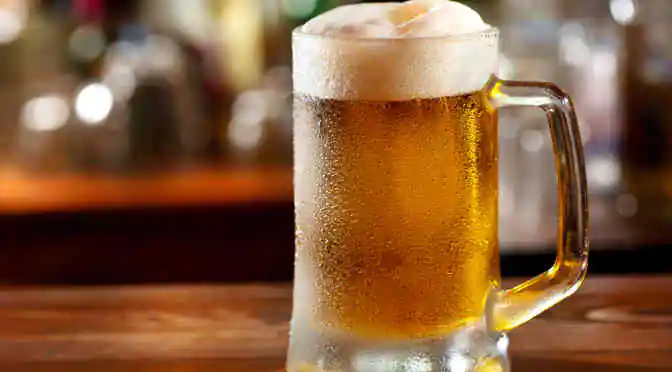The global alcoholic beverages industry is thoroughly equipped to face the most cataclysmic business calamity. While the probability of a swift decline in the consumption of aerated drinks, coffee, tea and other such beverages isn’t high, substitution by other ‘healthier’ options is quite a possibility. Especially where alcoholic drinks are concerned — can the growing trend of health consciousness throw a spanner into the works?
In Canada, more and more people are googling health-centric queries like “Crown Royal black nutrition facts” — a clear allusion to understanding what is in their drink before committing to it. In the US, the alcoholic drinks market is expected to peak at USD 243 billion in 2018. Globally, the market for alcoholic drinks has expanded handsomely, but so has the market for health-oriented and distinctively non-alcoholic drinks.
R&D contributing to an array of non-alcoholic yet potent drinks
Already, the global market volume for non-alcoholic beverages is worth 906.1 billion liters and counting. Additionally, in 2018, sales volume in this industry is projected to grow at 3.9%. Herein, the market for Liquid Refreshment Beverages (LRB) and Carbonated Soft Drinks (CSD) are a lucrative subset, with a high potential for growth and monetization. This market is squarely focused on millennials, and thus is assured of a profitable and loyal demographic.
Global market volume of non-alcoholic beverages has already peaked at 906.1 billion liters.
However, the alcoholic drinks market’s biggest challenge is likely to come from the rising wave of health consciousness, and the beverages industry’s response to it. Already, traditionally alcoholic drinks like beer and wine are being produced minus the alcohol. These non-alcoholic beers and wines are finding great favor with athletes, bodybuilders and the general multitude of health-conscious people.
The non-alcoholic beverages industry has another trick up its sleeve: low-alcohol beverages. These, as is obvious from the nomenclature, are drinks with little to no alcoholic content. Popular in this segment is the low-alcohol beer (also known as light beer, near beer or simply non-alcoholic beer) that serves up the same intoxicating taste of conventional beer, minus the intoxication.
Could there be a hybrid approach to the marketability of alcoholic beverages?
Let’s revisit our earlier example — Crown Royal black nutrition facts — and lay particular emphasis on the nutrition part. Can alcoholic beverages be marketed as more than just the proverbial celebratory drink? Or can these beverages be promoted differently? Showcasing an encouraging facet to a discerning yet receptive audience?
The core segment of buyers will likely continue with their hobby. However, the market itself may bow to the popular diktat and proceed to underplay the alcoholic card. Manufacturers of alcoholic beverages will have to do a quantitative analysis of the market before them. And further, rebrand the products in their arsenal to appeal to the concerned target audience. Just as the ‘diet’ format brought a revolution to the cola industry, the low-to-no alcohol brands could realign the global beverages market entirely.



